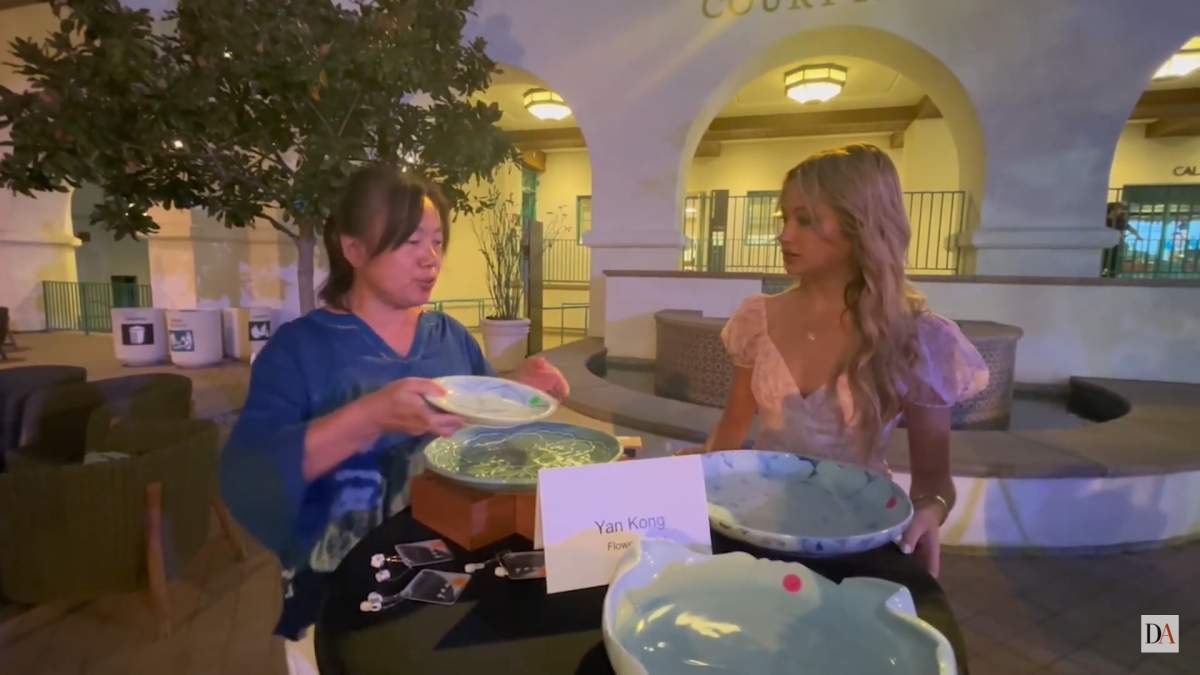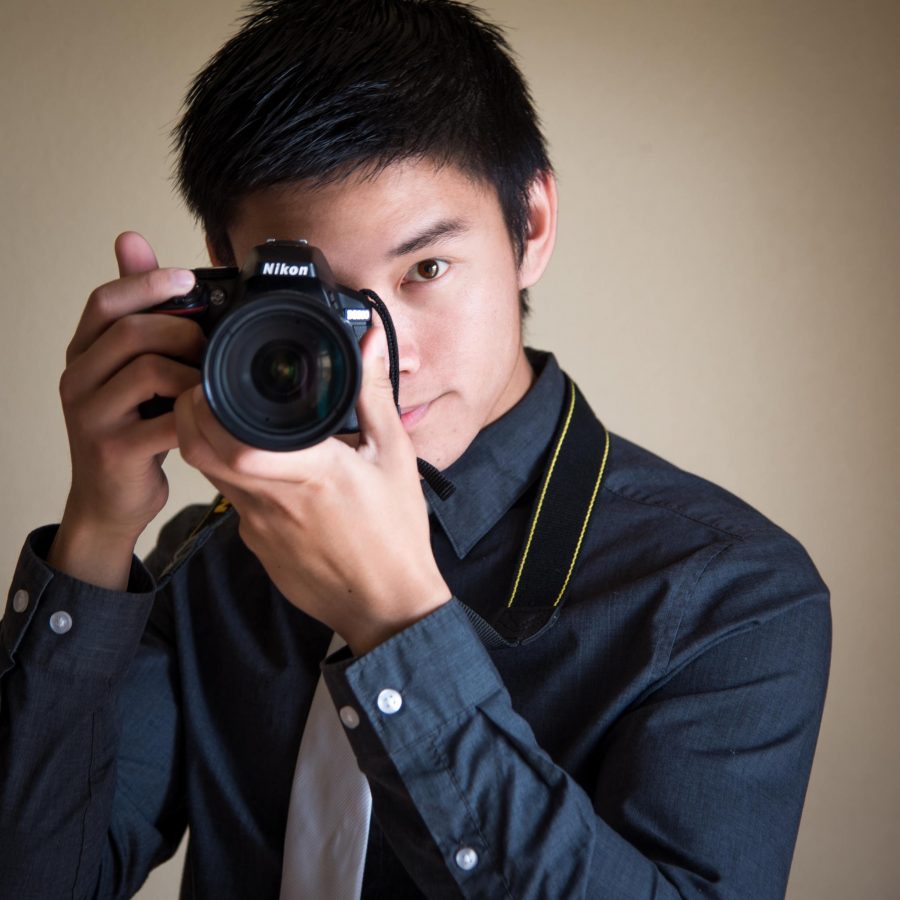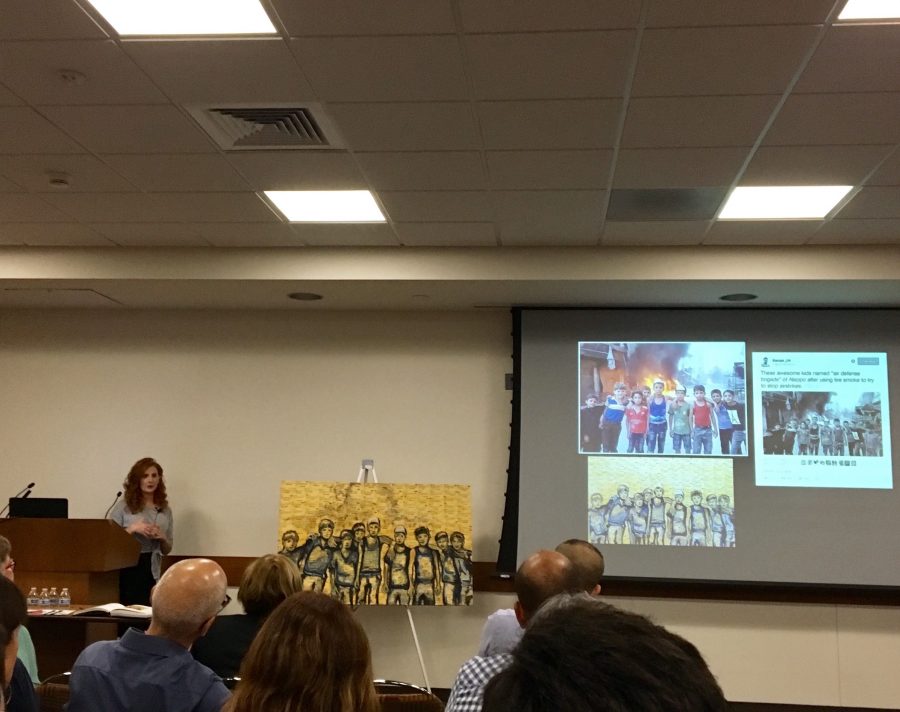Let me start by saying I’ve played every “Devil May Cry” game, and loved each of them (aside from the crime against nature and science that is “Devil May Cry 2”). So naturally, I was excited that another “DmC” was coming to fill my dark soul with light. But of course, it was revealed the main character, Dante, was getting a makeover. That’s when every fan of the series went to crazy town.
“How dare they change our beloved white-haired hero with the devil-may-care attitude?” they e-screamed in every comments section on the Internet.
“Please don’t let this be a real thing,” they pleaded to the nearest game store employee they could find. And they had a point: Dante went from a suave, over-the-top, devilishly awesome badass to a dirty-looking emo kid with a serious affinity for the “F” word.
“DmC” takes place way before Dante decided to open up his own devil-hunting shop, even before he even knew of his demonic heritage. Of course, this version of Dante’s life takes place in a different universe from all the other games. And as such, Dante is different, but not too different. Yes, he looks different, and yes, he sounds different, but he has all the attitude and cheesy one-liners that Dante is known for. What’s more, Dante’s character evolves to resemble his former self as the story progresses.
The core gameplay mechanics are the same, but there are some striking differences. Most notable is the player’s inability to manually lock on to targets. However, the auto-lock is effective, so it’s never a problem. The second most notable gameplay difference is that all “special” moves are mapped to one button. To those who played “DmC3” and “DmC4,” it’d feel like constantly being in Dante’s “Swordmaster” style. Speaking of styles, the style-change system from earlier “DmC” games is gone and replaced by a more streamlined mechanic, which boils down to simply pressing two different buttons to access special moves.
As for weaponry, Dante gets a good dose of angelic and demonic weapons, in addition to the iconic sword Rebellion, which sports a redesign as well. Of course, it wouldn’t be a “DmC” game without Dante’s beloved dual pistols, Ebony and Ivory.
However, the one thing that worried most “DmC” faithfuls the most is how the combo and stylish rank system works. Before, players were penalized for repeatedly using the same moves in combos. This time, combos are ranked by how much damage is dealt. So yes, you could mash normal attacks forever and still gain a triple-S rank, but you would rob yourself the fun of creating your own insanely long combo.
Bottom line is this: “DmC: Devil May Cry,” is a fantastic game. It changes the characters and the world of DmC while still remaining true to the high-octane, stylish comboing, punch-a-20-foot-demon-in-the-face-because-why-not gameplay style DmC is known for. But it isn’t without its faults; camera issues and the locked frame rate of 30 frames per second may detract from the experience. Despite minor flaws, in the end, the game is still cool as hell.






